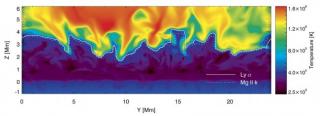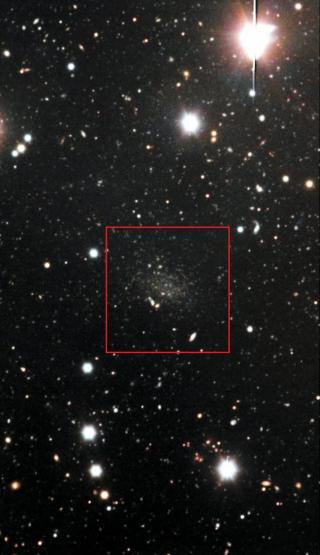
Ayer se celebró una de las dos reuniones anuales del Comité Científico Internacional de los Observatorios de Canarias, formado por representantes de las instituciones que operan en las cumbres de La Palma y Tenerife.
Advertised on
This section includes scientific and technological news from the IAC and its Observatories, as well as press releases on scientific and technological results, astronomical events, educational projects, outreach activities and institutional events.





